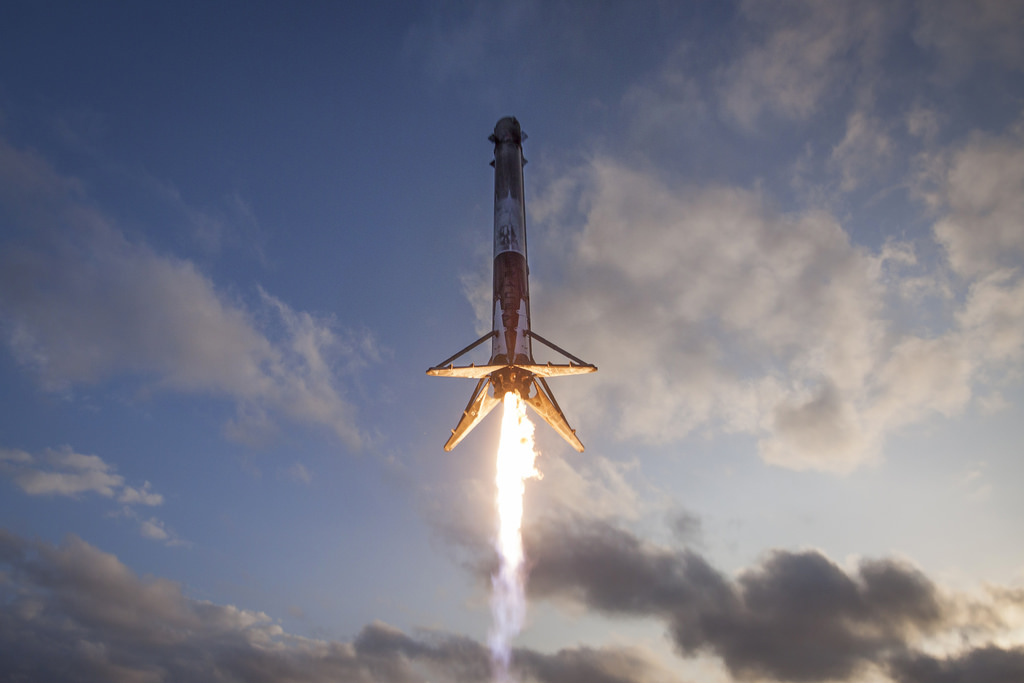This post is also available in:
 עברית (Hebrew)
עברית (Hebrew)
SpaceX took on a bold new challenge recently, launching a “classified spacecraft payload” for the United States’ National Reconnaissance Office for the first time. The NROL-76 launched was apparently a reconnaissance satellite.
According to inverse.com’s report, the company launched a Falcon 9 rocket from launch pad LC-39A at Kennedy Space Center, landing the rocket back on solid ground moments later. There were some concerns that the weather could have an adverse effect, but ultimately the launch occurred without any issues.
“Winds are unusually high (still within structural safety bounds),” Elon Musk posted on Twitter three minutes prior to launch. “Worrying, but not a showstopper.” The company did not land the Falcon 9 on a droneship.
Nearly 92 meters in diameter, the zone was first successfully used by SpaceX to land a Falcon 9 rocket 16 months ago, and since then two more rockets have landed on the pad, the most recent occurring February 19.
The recent launch is the 10th time SpaceX has successfully landed a rocket, an achievement that will help bring costs down for more ambitious missions. The Falcon 9 costs $62 million, but the fuel only costs between $200,000 and $300,000. Saving the rockets helps the company plan for its long-term goal of regular trips to Mars.
The NROL-76 launch was initially scheduled earlier, but just 52 seconds before takeoff, SpaceX halted the launch due to an issue with a first stage sensor. The company places hundreds of sensors throughout the various stages of the rocket, aimed at giving detailed readouts of the mission status. The sensor in question did have backup sensors measuring the same parameters, but because its readings were out of an acceptable range, the company took extra precaution and pulled the plug.
Observers have speculated that due to the rocket’s trajectory and the nature of the mission, the satellite will be placed into a highly elliptical Molniya orbit. This gives the satellite more dwell time at its highest point of orbit, allowing the craft to spend more time above the Northern Hemisphere.
The nature of launching a satellite into this orbit means the company can conserve propellant by launching the payload at a lower altitude. As landing on solid ground requires more fuel than landing on a droneship, this has led followers to conclude that the unusual orbit is the likely approach. Unfortunately, due to the classified nature of the mission, SpaceX cut the webcast before viewers could watch the satellite deploy.


























